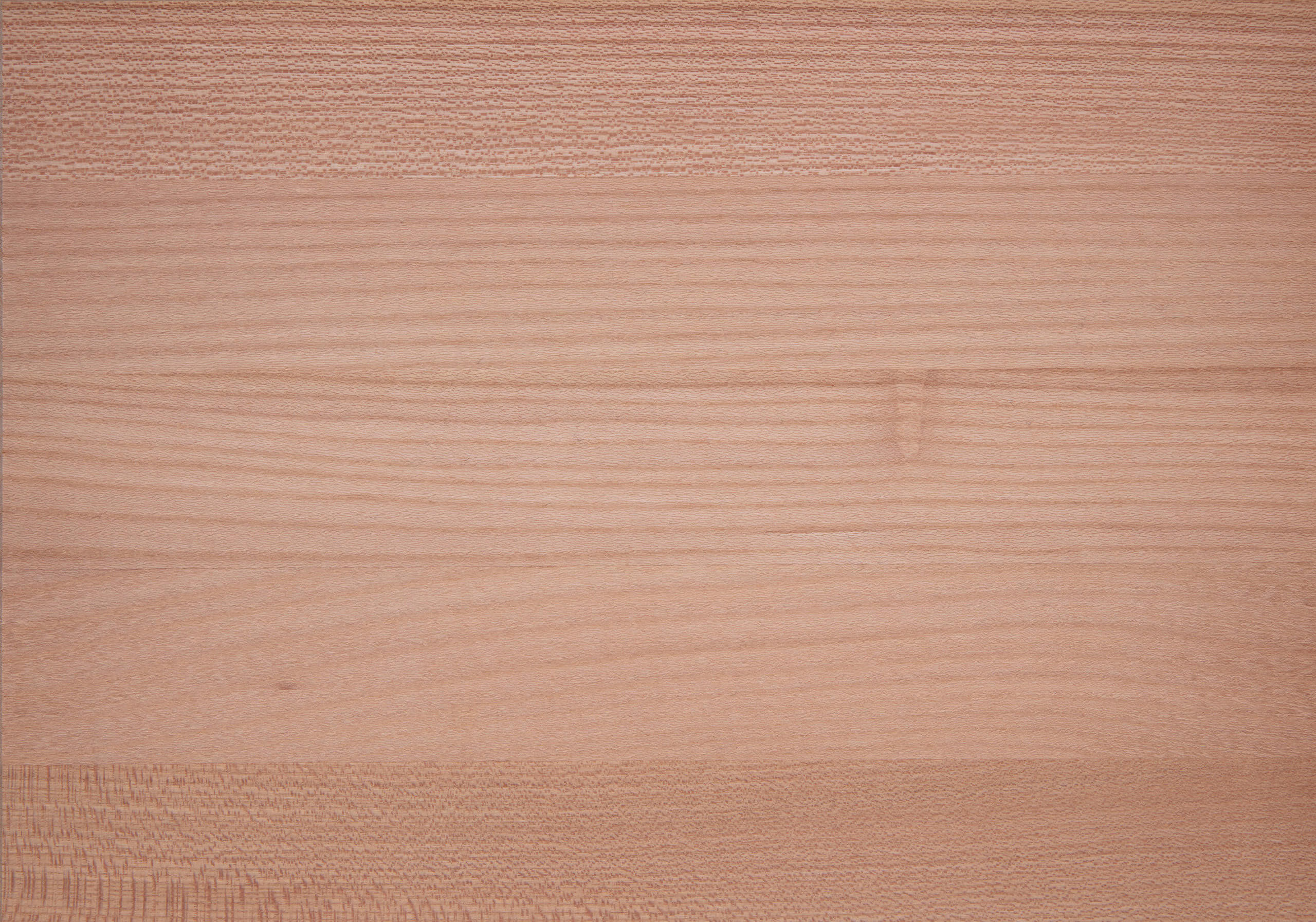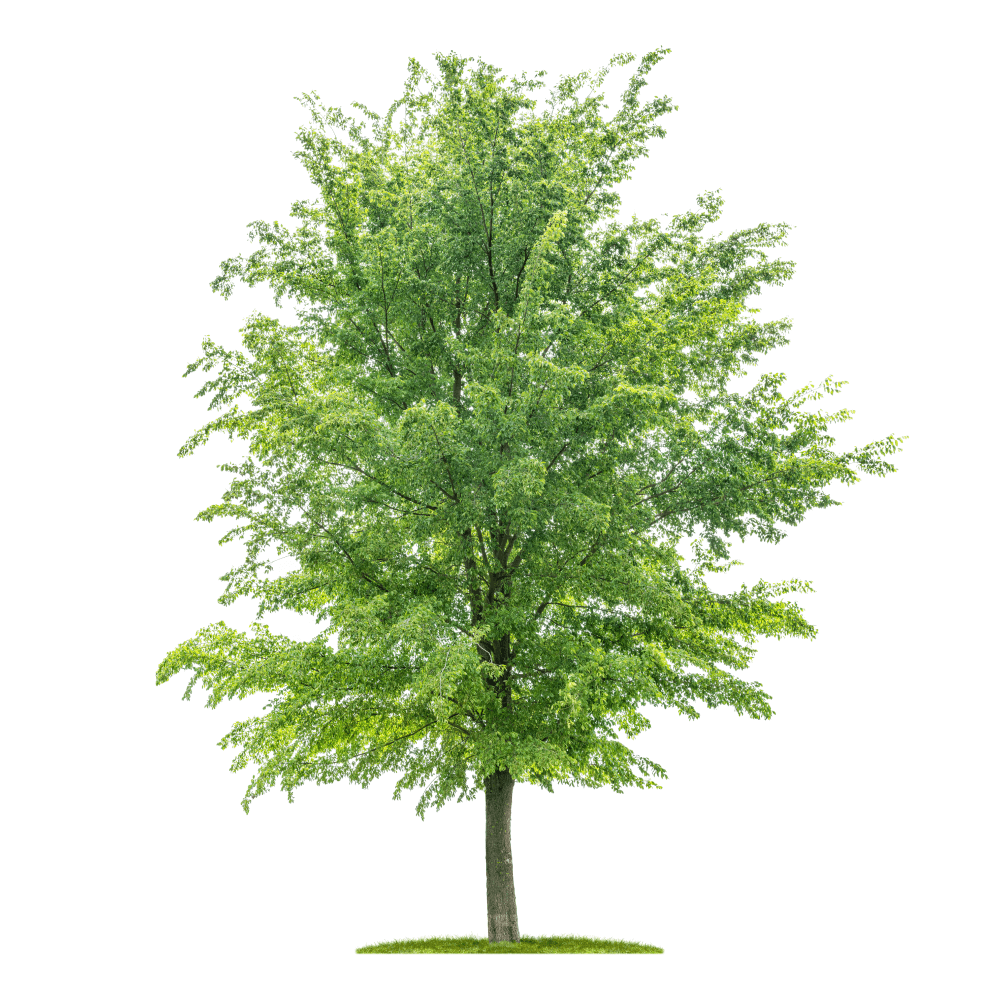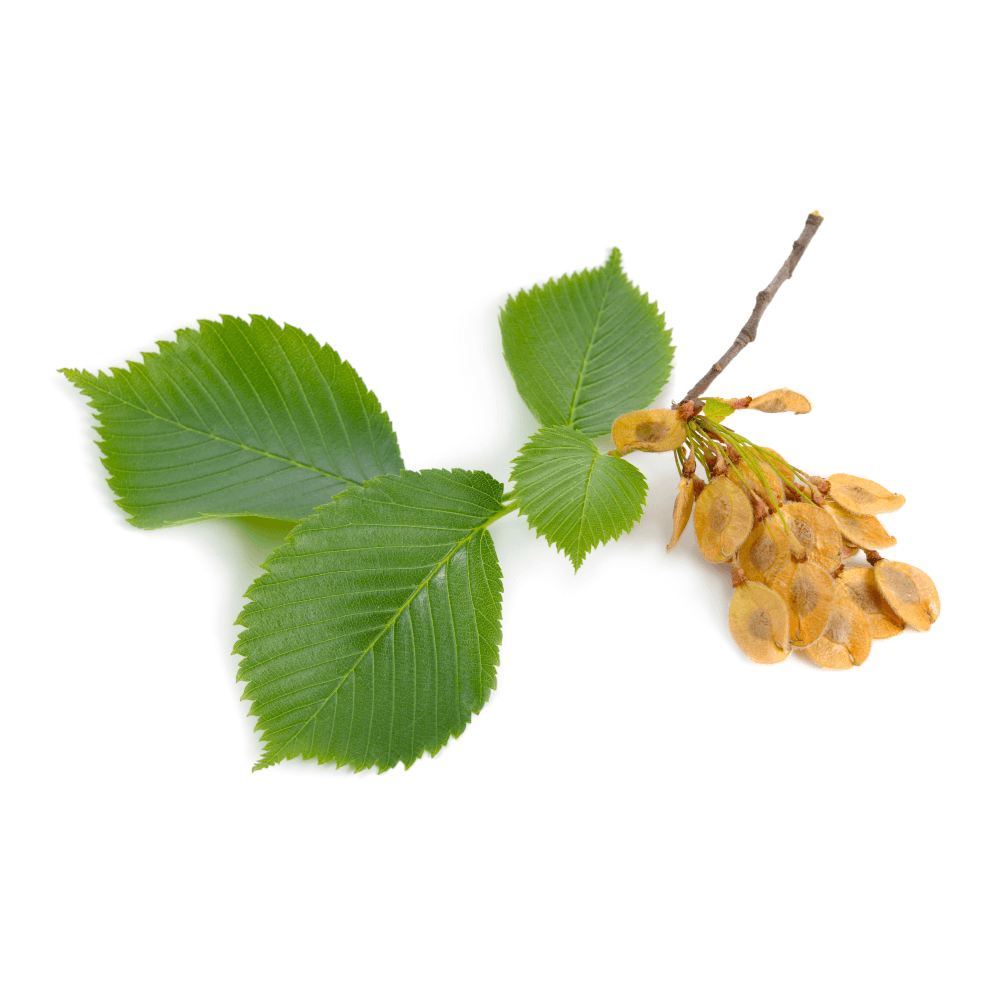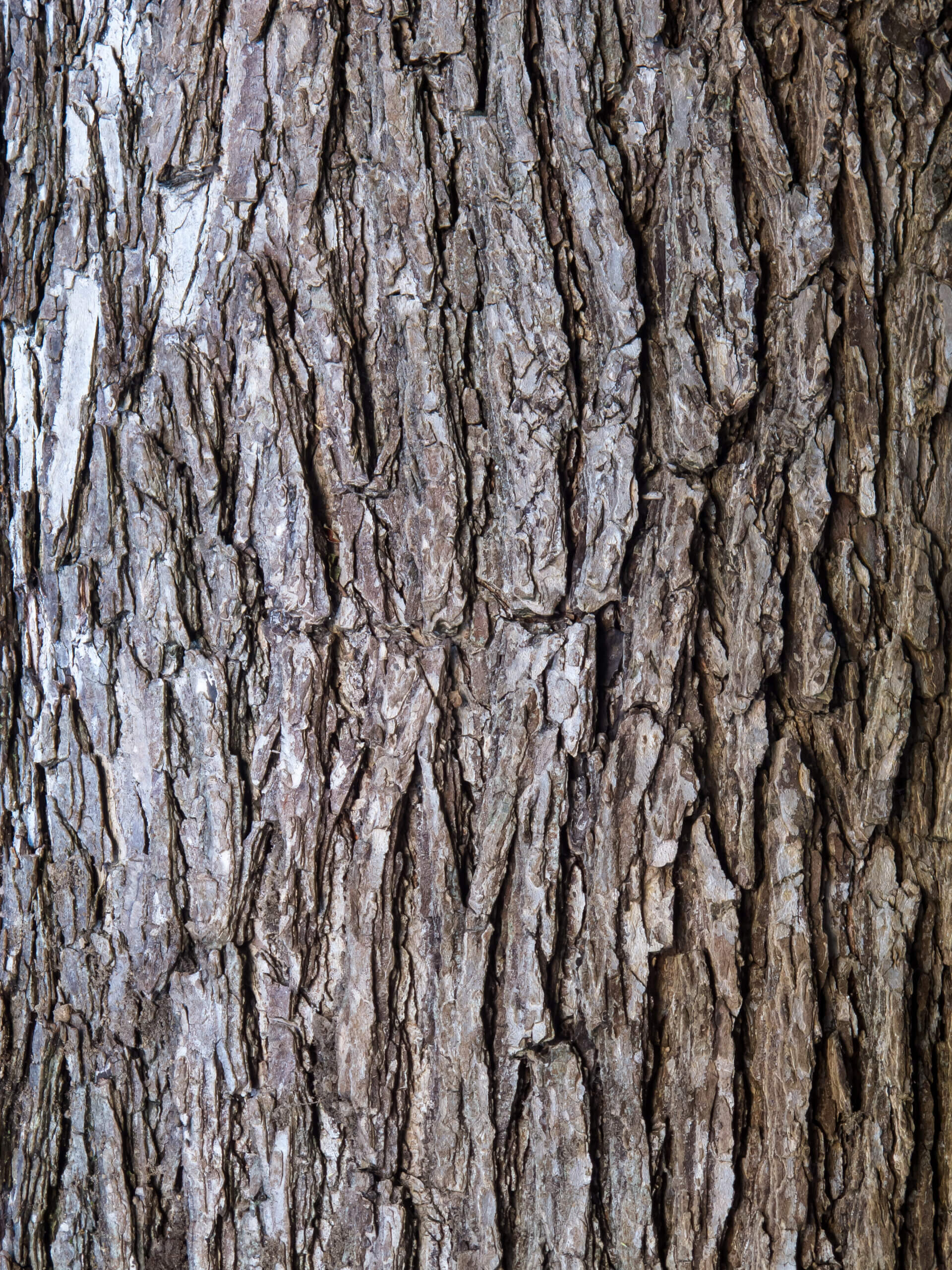Elm
bot. Ulmus carpinifolia, Ulmus glabra

Elms are nutrient and heat-loving trees. In forestry, they belong to the group of deciduous trees. The mountain elm is also found at higher altitudes, while the field elm and European white elm are more common in the lowlands. Elms, which are characterised by very rapid juvenile growth, are typical mixed tree species in beech (mountain elm) and oak forests. Mountain and field elms can become over 400 years old. For decades, however, elms have been in retreat. The main reason for this is the bark beetle and a fungal infection caused by an introduced species of fungus, which causes the trees to die within a few years (elm dieback). Thanks to its processing qualities, elm wood is in great demand, especially for interior finishing and furniture construction.
Comments
Sapwood minimal, heartwood fairly durable. Not weather resistant.
Hardness grade
28 - 37 Brinell
Color
yellowish white sapwood with sharply defined light brown, reddish brown or chocolate brown color core.
Color change
Light darkening.
Origin
- Occurring in northern and central Europe, Asia Minor.
- Mountain elm can be found in cool valleys up to 1400 m in mild sunny locations up to 800 m.
- Mountain elm can be found in cool valleys up to 1400 m in mild sunny locations up to 800 m.
Wood character
- The sapwood is yellowish white, sharply defined light brown, reddish- brown or chocolate brown colour core.
- Ring spurs are visible .
- Clear annual ring lines (pronounced texture), medium-wide medullary rays.
- Latewood veins in tangential, wavy bands.
Use
- Due to its decorative appearance, popular in furniture construction, especially in the area of table tops for the retail trade.
Characteristics
Weight: 680 KG/M³
Weight (Average bulk density air dry, ᵨ 12...15)
Average hardness: 30 N/MM²
Average hardness according to Brinell (radial)
Stability: mittel
Dimensional and form stability
Durability: wenig dauerhaft
Natural durability according to DIN-EN 350-2


